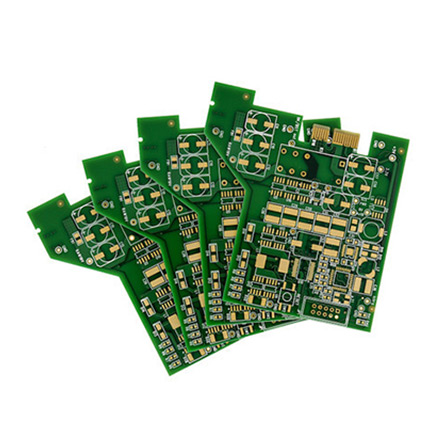

The Enigmatic World of Reflective Mirror Glass
Reflective mirror glass, a fascinating material that intersects functionality and aesthetics, has become increasingly prominent in both architectural design and interior decoration. Its unique ability to reflect light while providing a glimpse of the world beyond renders it a popular choice for various applications. This article explores the multifaceted nature of reflective mirror glass, examining its properties, uses, and impact on contemporary design.
Understanding Reflective Mirror Glass
Reflective mirror glass is produced by applying a thin layer of metal, typically silver or aluminum, to one side of a glass substrate. This coating enables the glass to reflect light effectively while allowing a portion of it to pass through, creating a semi-transparent barrier. The quality of the reflection depends on the smoothness of the glass and the uniformity of the metallic coating. This type of glass offers a highly polished finish, which not only enhances its visual appeal but also serves practical purposes.
Applications in Architecture
In the realm of architecture, reflective mirror glass has gained traction for its versatility and ability to harmonize with surroundings. Skyscrapers adorned with mirror glass facades can create visually striking structures that seem to blend into the skyline. These buildings often reflect their environment, creating a dynamic interplay between the glass and the changing colors of the sky, clouds, and adjacent structures.
Moreover, reflective mirror glass plays an essential role in energy efficiency. Due to its reflective properties, it can reduce heat absorption, thereby minimizing the need for air conditioning in warmer climates. This characteristic makes it not only an aesthetically pleasing choice but also a sustainable one. Architects are increasingly integrating this material into eco-friendly designs, contributing to the development of green buildings that prioritize energy conservation.
Interior Design and Home Decor
Beyond its architectural uses, reflective mirror glass has also become a staple in interior design. It can create an illusion of space, making small rooms appear larger and more open. Strategically placed mirror glass panels can reflect light from windows and lamps, enhancing the overall brightness of a room without the need for additional lighting. This quality is particularly beneficial in urban environments, where natural light may be limited.

Furniture designers have embraced reflective mirror glass as well. From coffee tables with mirrored surfaces to striking artwork that incorporates glass elements, the material adds a touch of elegance and modernity. Furthermore, reflective surfaces can introduce texture and depth into a space, prompting a more dynamic interaction with light and color.
Psychological and Emotional Impact
The impact of reflective mirror glass extends beyond its physical properties. Psychologically, mirrors have long been associated with self-image and perception. The presence of reflective surfaces can evoke feelings of openness and introspection, allowing individuals to engage with their surroundings on a deeper level. In a well-designed space, the interplay of reflection and light can inspire creativity and tranquility, appealing to our ever-evolving emotional landscapes.
Challenges and Considerations
Despite its many advantages, reflective mirror glass comes with specific challenges. Its reflective nature can sometimes lead to excessive glare, particularly in bright environments. Designers must consider the orientation of the glass and its placement to mitigate this issue. Additionally, maintenance can be a concern, as reflective surfaces are prone to showing fingerprints, smudges, and dust, requiring regular cleaning to preserve their appearance.
Another consideration is the environmental impact of production. While reflective glass can contribute to energy savings, manufacturers must adopt sustainable practices to minimize waste and energy consumption during production processes. As the demand for eco-friendly materials grows, innovations in glass processing and coating technologies will be vital in addressing these concerns.
Conclusion
Reflective mirror glass stands as a testament to the intersection of art and engineering in contemporary design. Its ability to reflect, refract, and enhance environments highlights not only its aesthetic appeal but also its functional benefits. As architects and designers continue to explore the possibilities of this versatile material, reflective mirror glass will undoubtedly play a significant role in shaping the spaces of the future—spaces that are not only visually captivating but also environmentally conscious and psychologically enriching. The journey of reflective mirror glass is far from over, and its impact on design will continue to resonate for years to come.